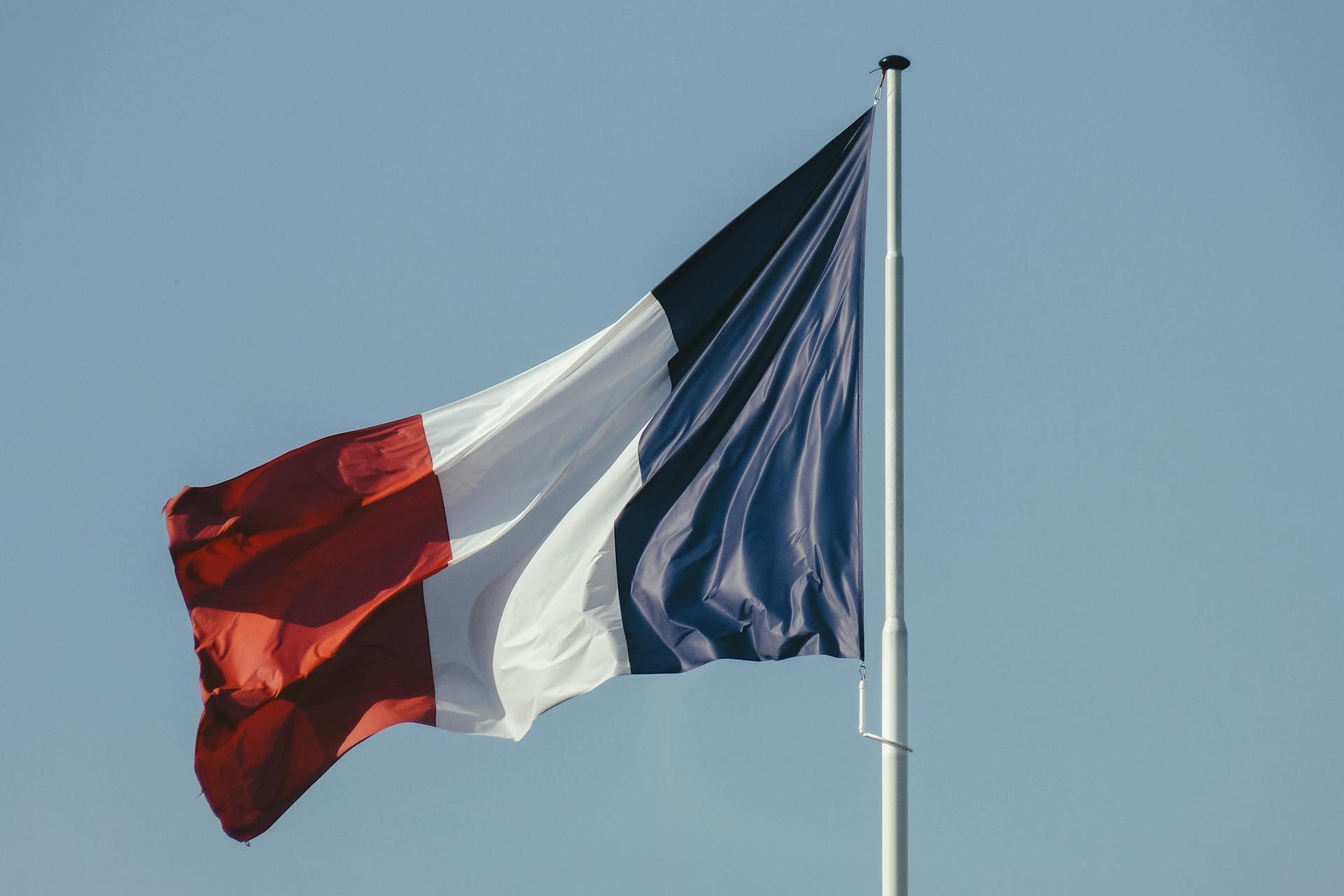The battlefield is a scene of constant chaos. The winner will be the one who controls that chaos, both his own and the enemies.
Napoleon Bonaparte
France’s geographical location within Western Europe with England to the North, Germany to the East, Spain to the West and the Mediterranean Sea at its South coast mean that it is a country which has fought its fair share of wars over the years.
French military history is fascinating – but is there any truth to the stereotype that France has never won a war on its own? Of course, France has known many military victories, especially in the World Wars – so did they have any help?
Let’s take a look at some of France’s most notable victories and defeats in Superprof’s guide to France’s military history.
| Battle | Involved Parties | Who won the battle | Date | Location |
|---|---|---|---|---|
| Battle of Tours | The Frankish army vs. the Islamic army | Charles Martel and the Frankish kingdoms | October 10, 732 AD | Poitiers, Tours, Vouneuil-sur-Vienne |
| Battle of Hastings | England vs. Norman forces | Norman forces | October 14, 1066 | Hastings, England |
| Second Battle of Ypres | British Empire, Canada, India, France, Algeria, Morocco, and Belgium vs. the German Empire | The Allies won against the German Empire | April 22 - May 25, 1915 | Ypres, Belgium |
| Battle of Verdun | France vs. Germany | France | February 21 - December 18, 1916 | Verdun, France |
| Battle of Agincourt | English army vs. France | The English army | October 25, 1415 | Azincourt, France |
| Battle of Trafalgar | The British Royal Navy vs. France and Spain | The British Royal Navy | October 21, 1805 | Cape Trafalgar, Spain |
| Battle of Dien Bein Phu | France vs. Vietnam | The Vietnamese army | May 7, 1954 | Điện Biên Phủ, Vietnam |

The Military History of France
France’s military history begins with the unification of its fragmented territories by King Clovis I. At just 16, Clovis inherited the throne and focused on securing the country’s natural borders: the Alps, the Pyrenees, and the Rhine. He united various tribal lands under a single rule and initiated France’s legacy of military campaigns.
Clovis’ first major victory, the Battle of Soissons, doubled the Frankish territory despite betrayal by an ally. Over time, he used both military force and diplomacy, including strategic marriages, to expand France’s influence. Subsequent leaders like Charlemagne, Louis XIV, and Napoleon further expanded French territory, achieving significant victories and establishing a global presence through colonial conquests in Africa, the Americas, and Asia.
Even in periods between major rulers, France was often engaged in skirmishes, border disputes, and uprisings, with its soldiers tasked with peacekeeping and suppressing dissent. This relentless focus on defense and expansion shaped modern France, whose vast landmass owes as much to military prowess as to strategic acumen. Far from the stereotype of military ineffectiveness, France’s history is marked by resilience and dominance over 2,000 years of conflict.
Now let’s take a closer look at some of the more notable battles fought by the French military.
Battle of Tours
💂🏼 The Frankish army vs. the Islamic army
📆 October 10, 732 AD
🌏 Poitiers, Tours, Vouneuil-sur-Vienne
Also known as the battle of Poitiers, the Battle of Tours was a victory for the Franks (the people lived in France in the 8th century) against invaders who had accessed France from North Africa via the Iberian Peninsula.
The Muslim conquest of European Christian kingdoms began in 711 AD with the defeat of many areas in present-day Spain. Established as a dominant power in Southern Europe, Umayyad Caliphate’s men went on to pursue France. After having been defeated at Toulouse in 721 AD, the invaders continued Northwards and emerged victorious at Aquitaine in 732 AD.
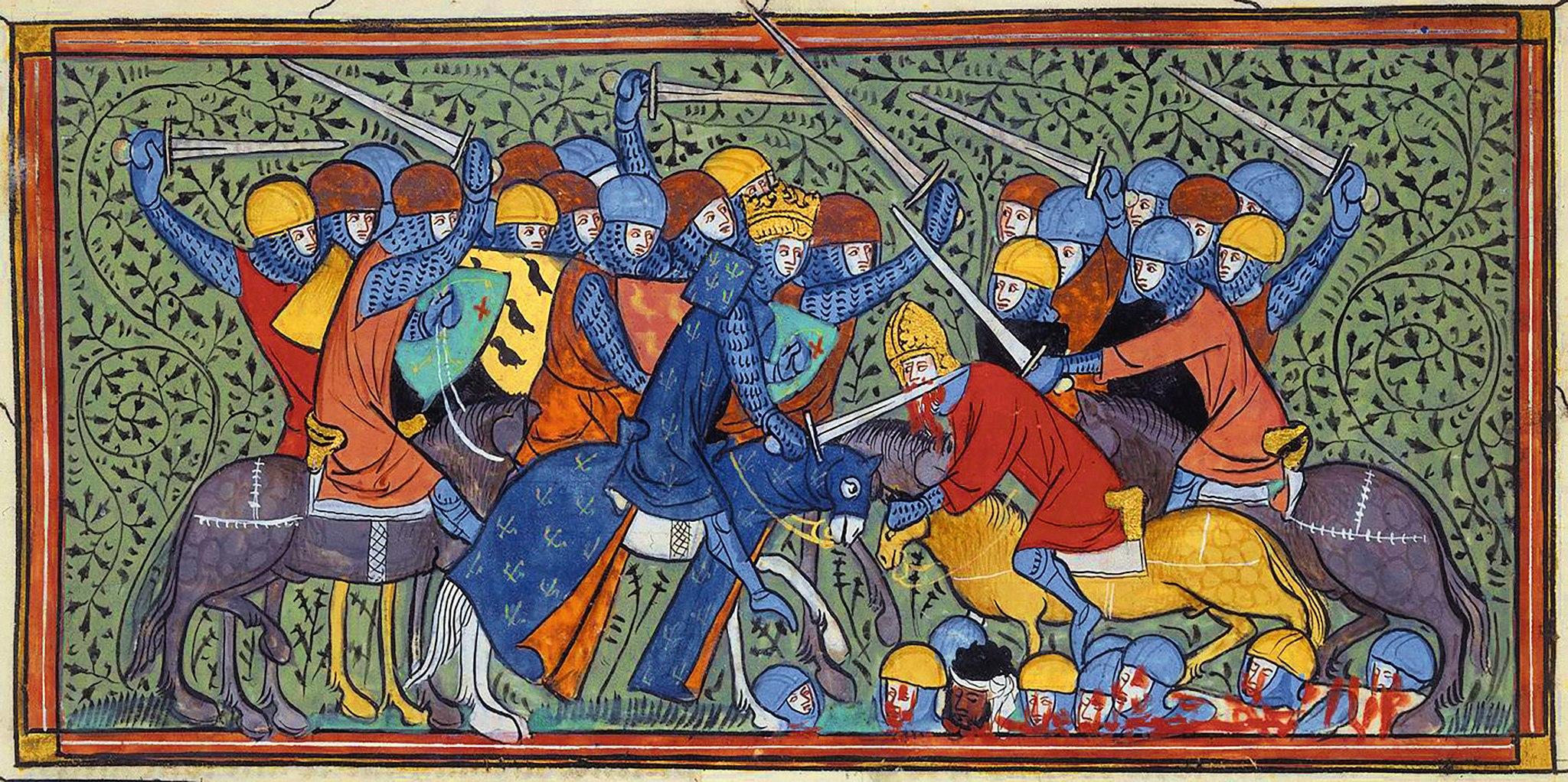
After fleeing Aquitaine, which was now being brought under the control of the Umayyad forces, Duke Odo pleaded with the Frankish mayor, Charles Martel, who agreed to help as long as the attack was Frank-led.
Charles Martel was not initially nominated to rule Francia upon his father’s passing. Instead, Pepin de Herstal, Charles’ father, at his wife's urging, nominated Charles’ nephew as successor. Some records contend that Charles was in fact illegitimate, which would have been a good reason to deny him succession to power. However, at that time, it was legal for a man could have several consorts.
Charles, being the issue of one of Pepin’s other wives, could in fact ascend to power but Plectrude, a consort who bore heavy influence on her husband, ensured her grandson would inherit the title by obtaining a promise from Pepin on his deathbed.
Plectrude, unwilling to see her grandson slighted, had Charles thrown in prison. However, because the boy was so young, only eight years old, the nobles resisted his ascension to power. Unrest festered throughout the land, culminating in battle. The young statesman led his troops in the battle of Compiègne and suffered a humiliating defeat. Later that year, Charles escaped from prison and was met with acclaim and allegiance from the nobles.
The resistance of the Franks, along with the Muslims’ failure to prepare for the European climate and the Franks’ attack on the opposing army’s camp made for a Frankish victory.
Learn more about French history with French tutors near me on Superprof.
Battle of Hastings
💂🏼 England vs. Norman forces
📆 October 14, 1066
🌏 Hastings, England
The Battle of Hastings is probably one of the most famous French military victories in history. In 1066, William of Normandy gathered his troops and set out to take the English crown from King Harold I, who, unfortunately, had only recently returned from another battle in which Harald Hardrada of Norway has also attempted to establish his dominance on the British Isles.
The battle tactic employed by the King Harold’s army was famously shocking to William’s troops, who attacked the English as they stood their ground.
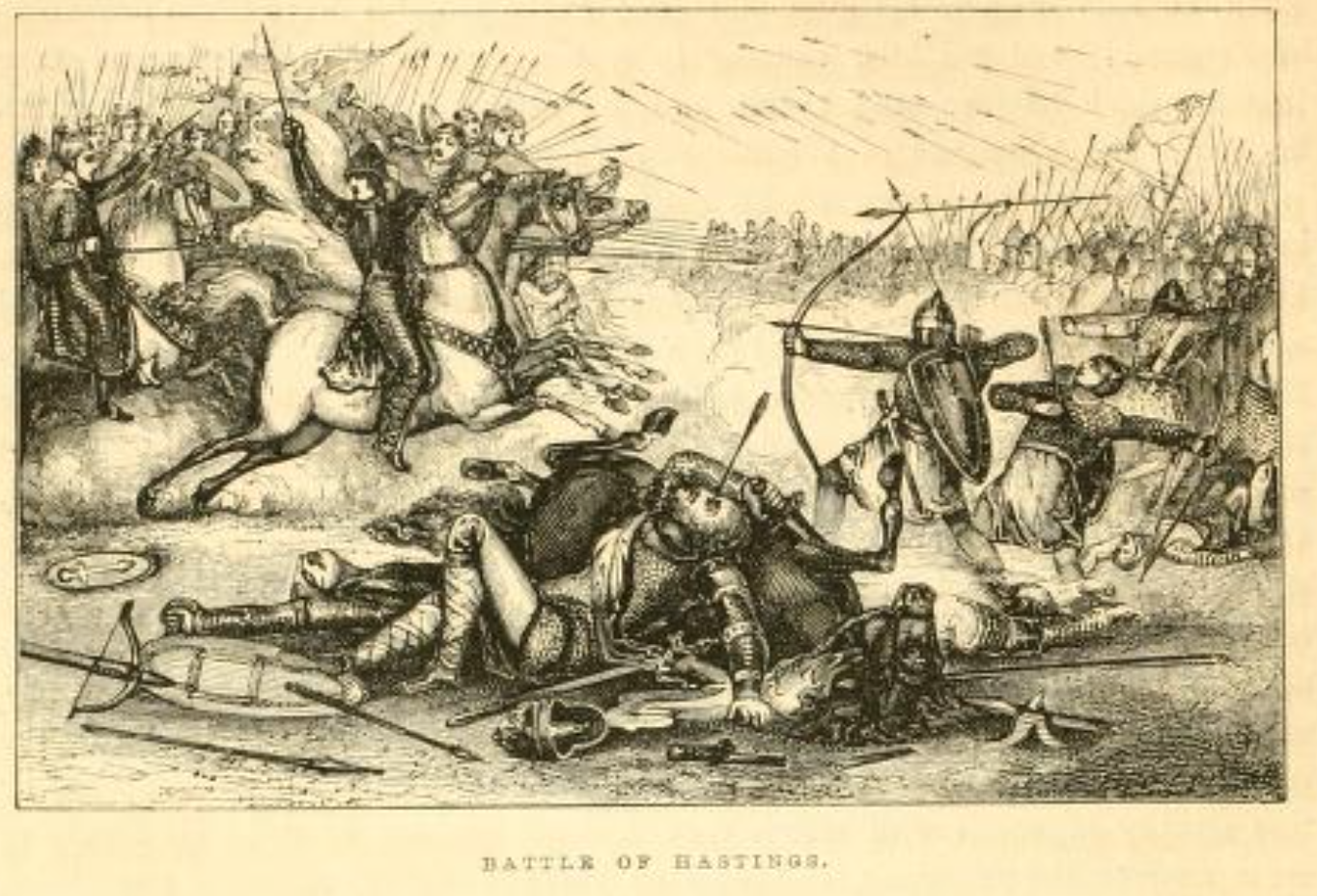
Thankfully for Harold, this put the Normans off, and eventually, after a rumor that William, the Norman leader, had been killed on the battlefield, the French forces retreated.
Seeing his army’s reaction, William quickly became frustrated and audaciously removed his helmet before both armies to disprove the rumor. Now empowered with a new rush of confidence, Willliam’s troops persisted in their attack and emerged victorious after the death of King Harold and surrender of his forces. William of Normandy became William the Conqueror, and the Normans gained a new territory.
Reflections of Battle:
It is easy to ascribe Harold’s defeat to battle fatigue, depleted troops and the element of surprise.
However, we must consider these factors:
- The troops were not necessarily fatigued: The still had energy after the long march to Hastings from London and from the fighting which lasted an entire day.
- Number of troops: Although reliable records don’t exist, it is estimated that between 7,000 and 8,000 troops fought at Hastings.
- The element of surprise: When the rumour circulated that William was dead, Harold’s troops all but ceased fighting, permitting onslaughts by the Normans – once they were assured that their king was indeed alive.
The battle’s outcome might have been vastly different had Harold been a more experienced fighter and strategist. Unfortunately for him, that is where William had the upper hand.

Second Battle of Ypres
💂🏼 British Empire, Canada, India, France, Algeria, Morocco, and Belgium vs. the German Empire
📆 April 22 - May 25, 1915
🌏 Ypres, Belgium
The Second Battle of Ypres was a major battle of World War I which lasted over a month and resulted in a victory for the allied forces (which included France, Belgium and Great Britain) against Germany.
Situated in Belgium on the Western Front near the border with France, Ypres was a valuable asset in the First World War because of its location and having control over it would help either side towards overall victory.
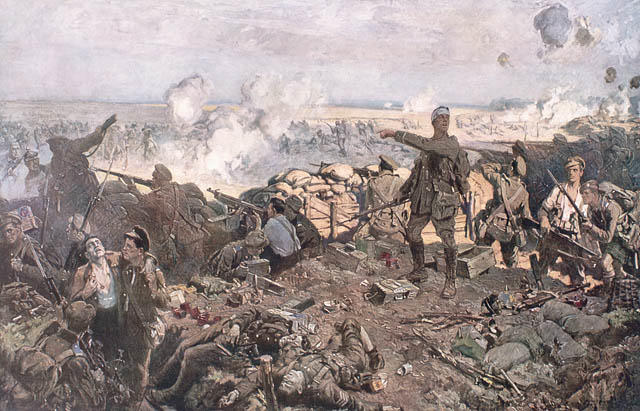
The Second Battle of Ypres marks a famous point in war history as it was the first time when toxic gas was used as a weapon.
Cylinders full of the poison gas were planted along the boundary of the French-held territory and were activated while the area was being guarded by French soldiers. The attack came as a surprise and caused survivors to flee the area. Thankfully, the retreat of the French did not grant the German forces an easy victory, and the British Empire’s troops defended Ypres and led the allies to victory.
The Poison Gas Debacle
Trench warfare was a WWI feature, deadly not just because troops were essentially sitting ducks under grenade and artillery fire but because the very trenches were hotbeds of disease and decay. Nevertheless, no army would permit nature to take its course; trench fighters must be eliminated quickly.
Along came German chemist Fritz Haber, embellishing on fellow chemist Walter Nerst’s idea that the trenches could be ‘infected’ with tear gas. Haber proposed chlorine gas. Heavier than air, this gas would sink down into the trenches, quickly achieving the desired effect. The German commander opted to use this tactic as a diversion rather than an all-out attack, thereby losing the element of surprise that would have made this deadly type of trench warfare most effective.
It was that decision that afforded French troops the opportunity to flee. British troops, more familiar with mining tactics – to this day, France has little to no mining operations, devised impromptu masks that helped them survive the gas attacks. Thanks to those masks, they went on to win the battle.
Find interesting online French classes here on Superprof.
Battle of Verdun
💂🏼 France vs. Germany
📆 February 21 - December 18, 1916
🌏 Verdun, France
Another landmark victory for the French was the Battle of Verdun, which also took place during the First World War, in 1916. It is famous for being the longest battle of the whole war, lasting from February to December.
Verdun was a historically important city in the military history of France as a defensive town, and the Germans sought to make the French compromise the forts in Verdun, which were signs of the country’s previous military strength and cause national embarrassment, or to forfeit the lives of their men.
The plan to attack Verdun appeared to be perfectly engineered and everything looked to be in the favor of the attacking side. The French had removed a significant amount of ammunition from the forts, the trenches had not been finished, and German air forces were dominating the skies.
Marshal Phillipe Pétain led the French forces to victory by moving supplies and troops to Verdun as quickly as possible, and elsewhere, the British planned to lead an attack on the Germans at the Somme which would force them to remove men from Verdun.
Discover French tutors near me and start taking lessons today!
What Clinched the Verdun Battle
Two major events turned the tide during the Battle of Verdun:
- Maréchal Pétain ordered his air commander to concentrate the flying squadrons over Verdun rather than distributing them all along the battlefront. This disrupted German air support in that area.
- German General Falkenhayn had grossly underestimated the French: their reserves, their military savvy and their tenacity.
He had calculated that, troop-heavy as his army was, and having air support as well, he would soon make short work of those pesky French! His strategy was to bleed the French troops to death; to kill as many as possible, causing surrender by attrition. Actually taking the city was never his priority.
His failure to take Verdun was the first in a succession of military faux-pas that led to his removal as a general and his reputation as a war leader to be villified in his home country.
Meanwhile, Maréchal Pétain was celebrated as the Lion of Verdun.
Battle of Agincourt
💂🏼 English army vs. France
📆 October 25, 1415
🌏 Azincourt, France
One famous defeat for the French was the Battle of Agincourt, which was fought during the 100 Years War in 1415. The 100 Years War was being fought between England and France over which country would inherit the French crown.
Henry V of England led his troops into France via the English Channel, however, weeks of traveling has caused levels of exhaustion which cost King Henry V over 5,000 men. After suffering such massive losses, Henry decided to retreat back to England, however, he was met by a wall of French soldiers.
The English remained still while the French troops, clad in heavy armor, came towards them. The French found themselves bombarded by arrows from the English longbow archers.
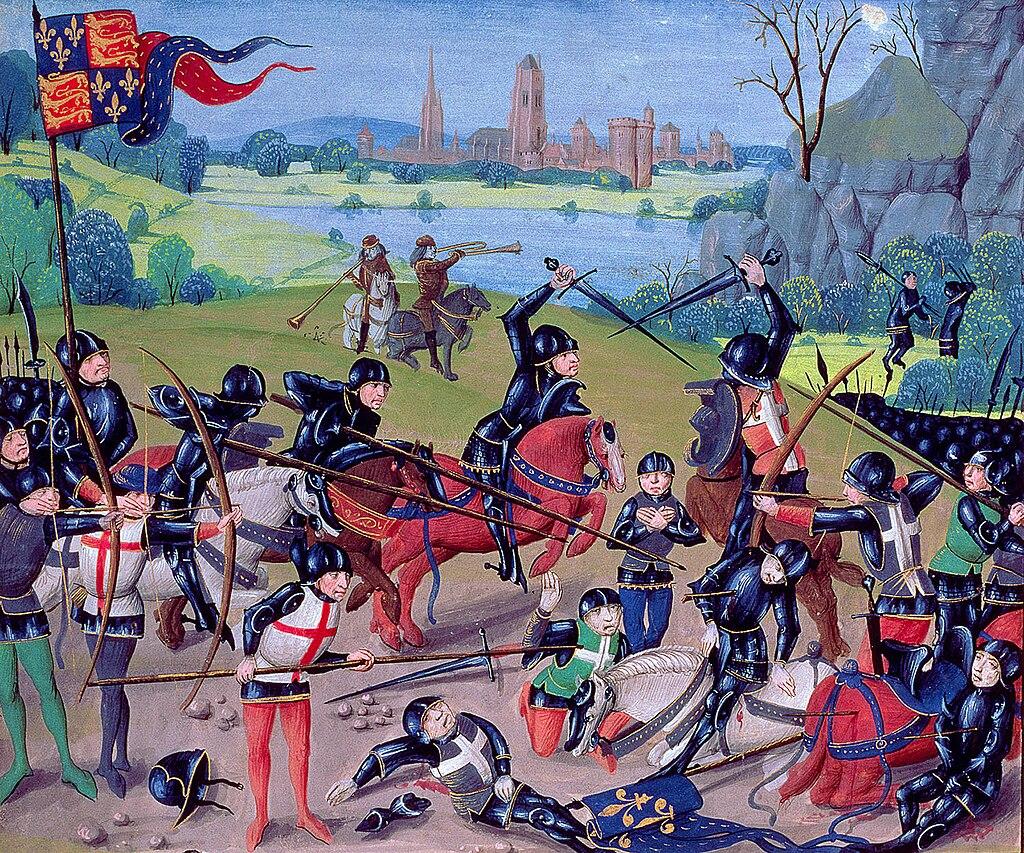
As the French army tried to push through the arrows, attacking became even more difficult because of the weight they were carrying on their bodies. Once the battlefield was full of French men, King Henry ordered his troops to attack the French using axes. This bloody tactic secured a victory for the English and marked the start of a series of military successes for Henry V.
The Battle is famous for the use of the English longbow, which can reach targets up to 750 feet away.
Discover effective French classes near me with amazing tutors here on Superprof!
The Agincourt Fallout
While Henry returned to London celebrated as a war hero, France was left in shambles – and not just because of the resounding defeat they had just suffered!
Two political factions clashed: The Armagnac who supported the French government and the Burgundians, who didn’t. The former was saddled with most of the blame – and took most of the casualties in the Agincourt defeat.
The Burgundians took advantage of their weakened political and strategic position to march on Paris, sowing discord along the way and especially once they got there. The discord in France afforded King Henry about 18 months to rest up and gather more troops, after which he again marched into France and again handed the French a humiliating defeat.
Battle of Trafalgar
💂🏼 The British Royal Navy vs. France and Spain
📆 October 21, 1805
🌏 Cape Trafalgar, Spain
The Battle of Trafalgar was a victory for the British Royal Navy against French and Spanish forces in 1805. The battle was part of the Napoleonic wars and twenty-seven British ships were led by commander Admiral Lord Nelson aboard flagship HMS Victory in the Atlantic Ocean near Cape Trafalgar, off the Spanish Coast.
In the run-up to the battle, Napoleon Bonaparte, the new Emperor of France, had been trying to find a way to invade Britain and expand the empire of France after the French revolution. However, the British were aware of his plans and imposed a naval blockade on France which prevented Napoleon’s forces from crossing the Channel as well as interrupting France’s trade links.
Frustrated and unable to control the waters around France, Napoleon (who had allied with Spain) planned to get men from the Caribbean who would assist his troops in dismantling the British presence in the Channel so he could invade England.However, Napoleon’s ships were prevented from reaching the Caribbean by Nelson’s men, who approached the French in two columns to deter them.
After 5 hours of battle, Britain had destroyed 19 of the 33 Franco-Spanish ships. No British ships were lost and the British Navy returned triumphantly.
Though Admiral Lord Nelson lost his life in this battle, his leadership ensured that Napoleon would never seek to make Britain part of the French Empire. He was honored with the naming of a square in London: Trafalgar Square, where a statue of him still stands.
Find interesting French lessons here on Superprof.
The Irony of Trafalgar
The Spanish and French collectively had more ships at their disposal than our lone Admiral Nelson. They were also in familiar waters, just off the coast of Spain. Napoleon had already shown himself to be a brilliant military strategist and Frederico Gravina, his Spanish counterpart, had been at sea since he was 12 – just shy of 40 years at the time of the battle. Furthermore, he had plenty of experience fighting at sea, having fought at Gilbraltar and in Toulon.
However, both Napoleon and Gravina were nothing if not traditionalists. Convention at the time dictated that fighting ships should line up, single file, and fire upon one another until one sinks. Admiral Nelson threw tradition to the winds by lining his ships in two columns perpendicular to the French and Spanish fleets, giving him twice the range and firepower than Spain and France gave themselves.
No wonder Napoleon and Gravina never landed a shot but took so many hits!
To read more about Napoleon and other famous French figures throughout history, follow the link!
Battle of Dien Bien Phu
💂🏼 France vs. Vietnam
📆 May 7, 1954
🌏 Điện Biên Phủ, Vietnam
A more recent defeat of the French was the Battle of Dien Bien Phu in Vietnam in 1954, which was a part of the larger Indochina War.
The French engaged in a battle with the Viet Minh, who represented Vietnam’s communist and national forces. Vietnam has been a French colony since the 19th century, however, the independence movement had been growing in popularity and France was losing control over the country.
In a bid to weaken the Viet Minh forces, the French Republic started an occupation of Dien Bien Phu in order to cut off supplies into Laos and establish a French stronghold. However, this tactic did not work as planned, as the town was soon cut off and surrounded by Vietnamese forces. When the Viet Minh began their offense, France called on the US for help, however, the independence movement has strength in numbers and the Viet Minh eventually broke through the French defences to the town.
Learning a country's language helps increase appreciation for its history. Take lessons with French tutors near me.
What Went Wrong in Dien Bien Phu?
Prepare for what your enemy can do, not what you think he will do.
Carl von Calusewitz
Clearly, the French had completely underestimated their opponents; they did not reckon that the Vietnamese would be able to navigate the jungle burdened by heavy weaponry.
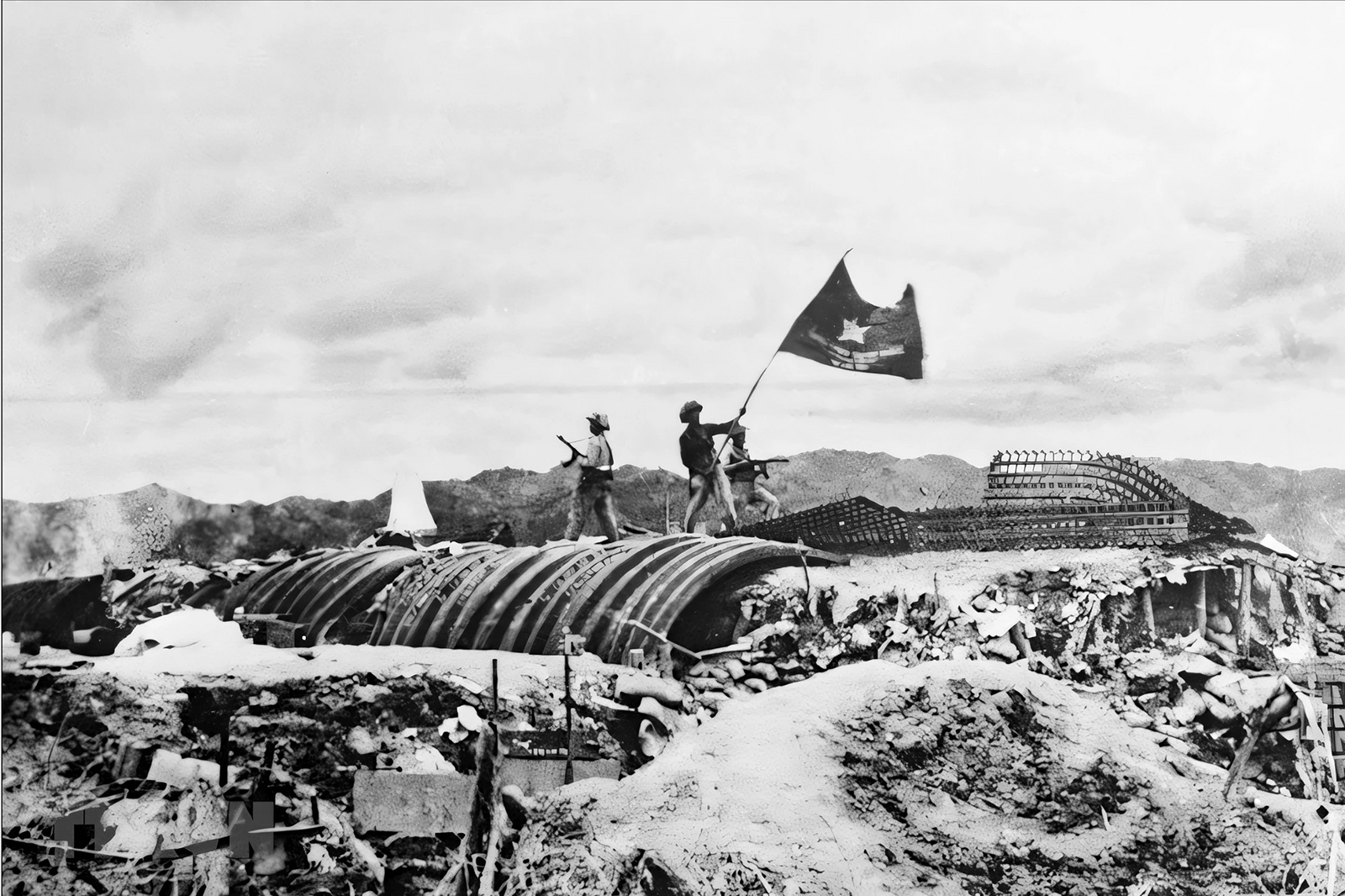
Furthermore, they assumed that the Viet Minh must want to rush to Laos; surely that was behind their strategy of blocking that route. It is interesting to note that the same tactical error brought about defeat in most military campaigns.
In the aftermath of Dien Bien Phu, the Viet Minh captured over 11,500 prisoners; nearly 4,500 of which were wounded.
The blow that French diplomacy suffered in Vietnam was not survivable. Furthermore, the citizens of France were tired of war and demanded that hostilities cease. So ended a conflict that, in many ways, resembled the First World War: trench fighting, hand to hand combat and limited use of (for the time) sophisticated weaponry, and no air support.
In summary, France's military history is a tapestry of remarkable victories and humbling defeats that have shaped the nation’s identity and influence. From Clovis’ unification of the Frankish tribes to Napoleon’s sweeping conquests and eventual fall, France has demonstrated resilience, innovation, and strategic brilliance on the battlefield. Despite setbacks like the Hundred Years’ War or the rapid fall during World War II, French forces have also secured iconic triumphs, such as at Valmy, Austerlitz, and Verdun. These moments, woven together, illustrate a nation defined not by its losses but by its ability to adapt, rebuild, and persevere.

